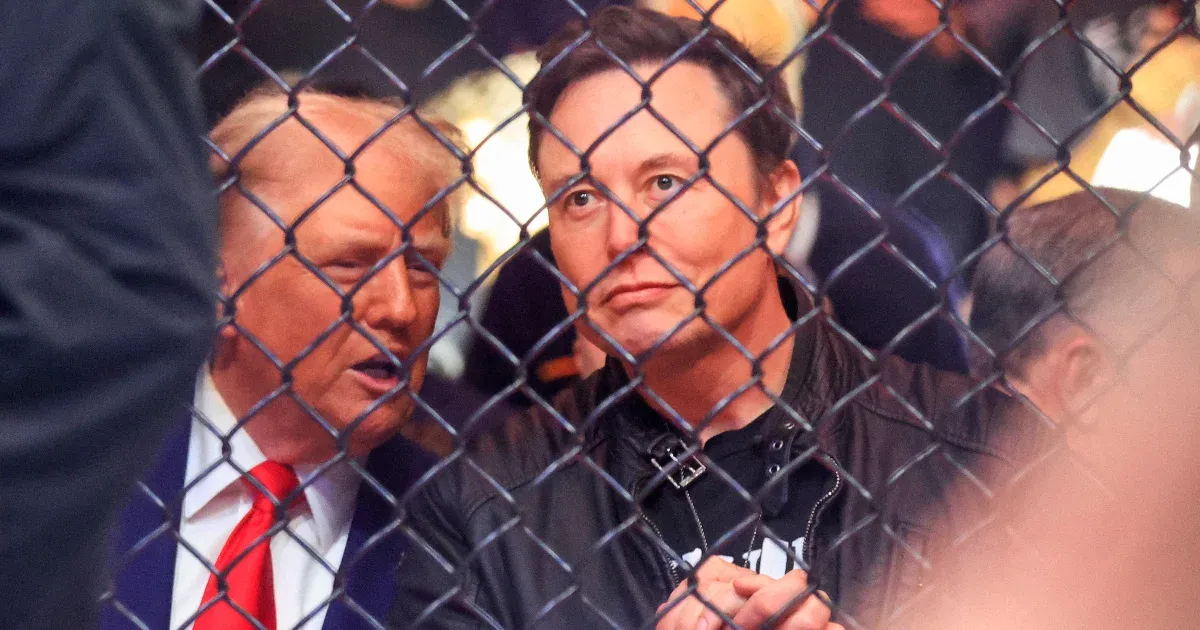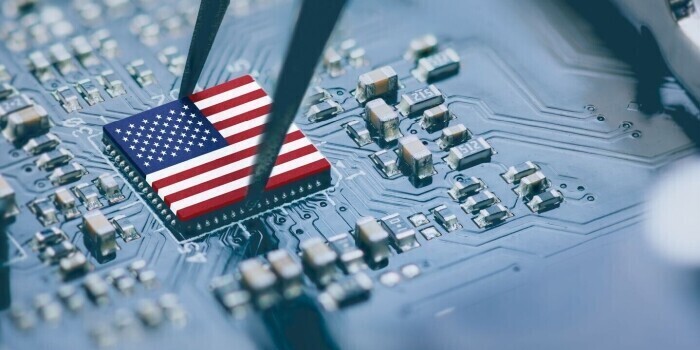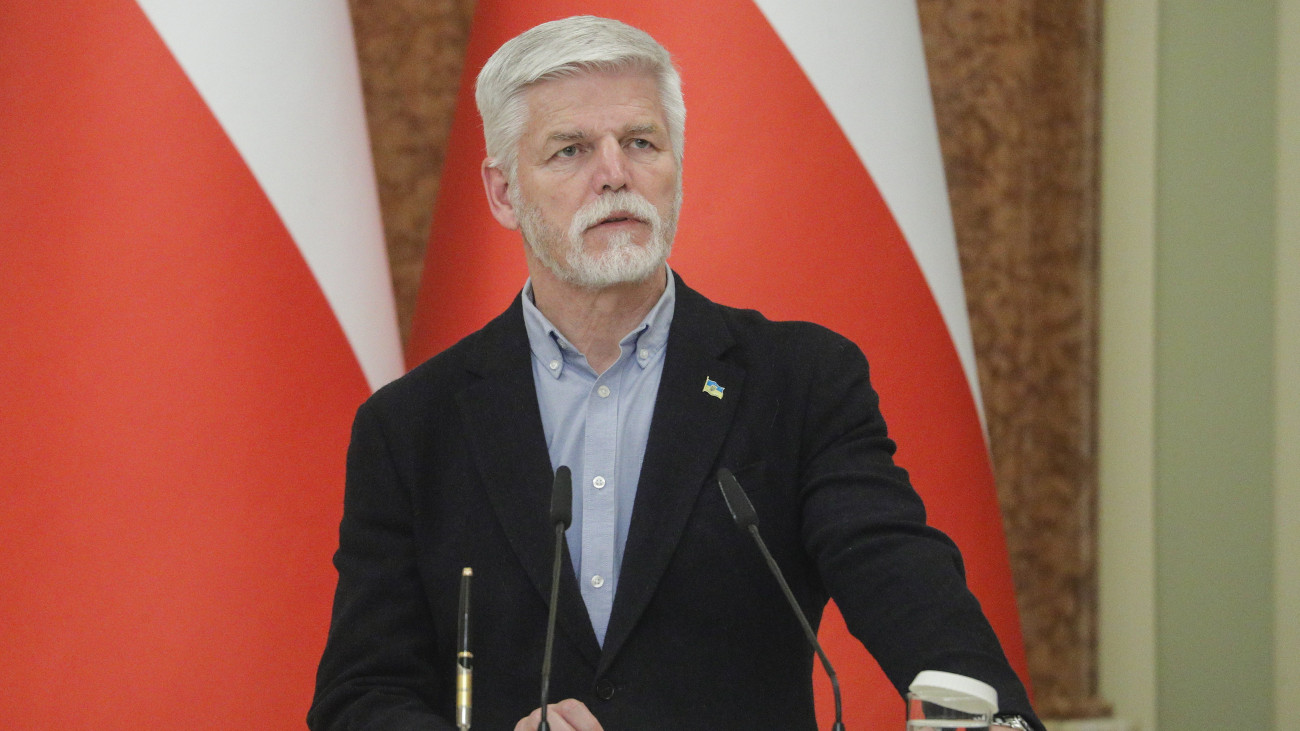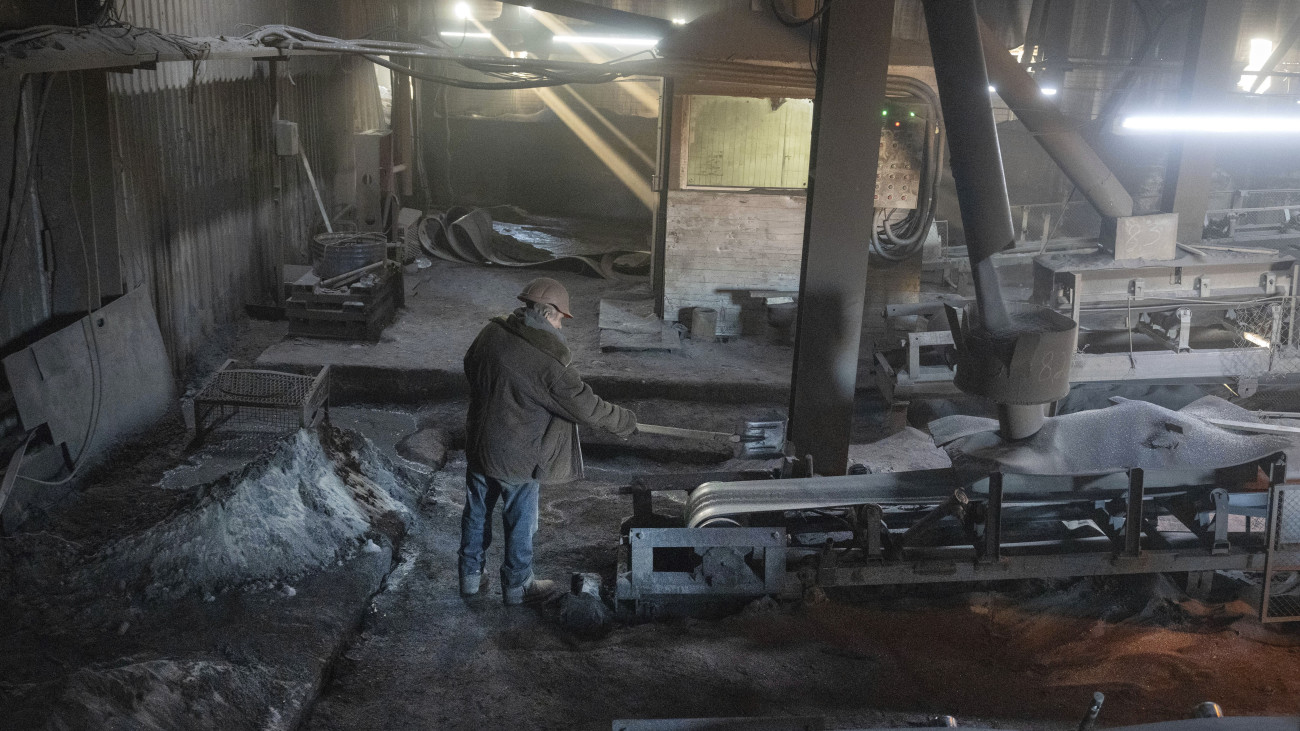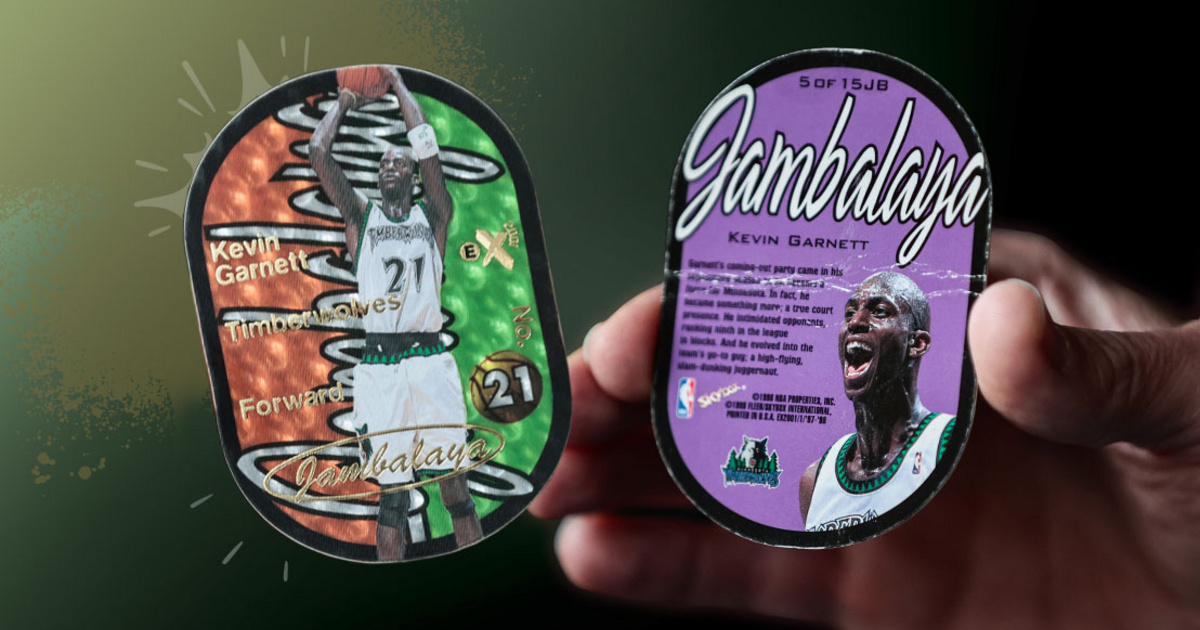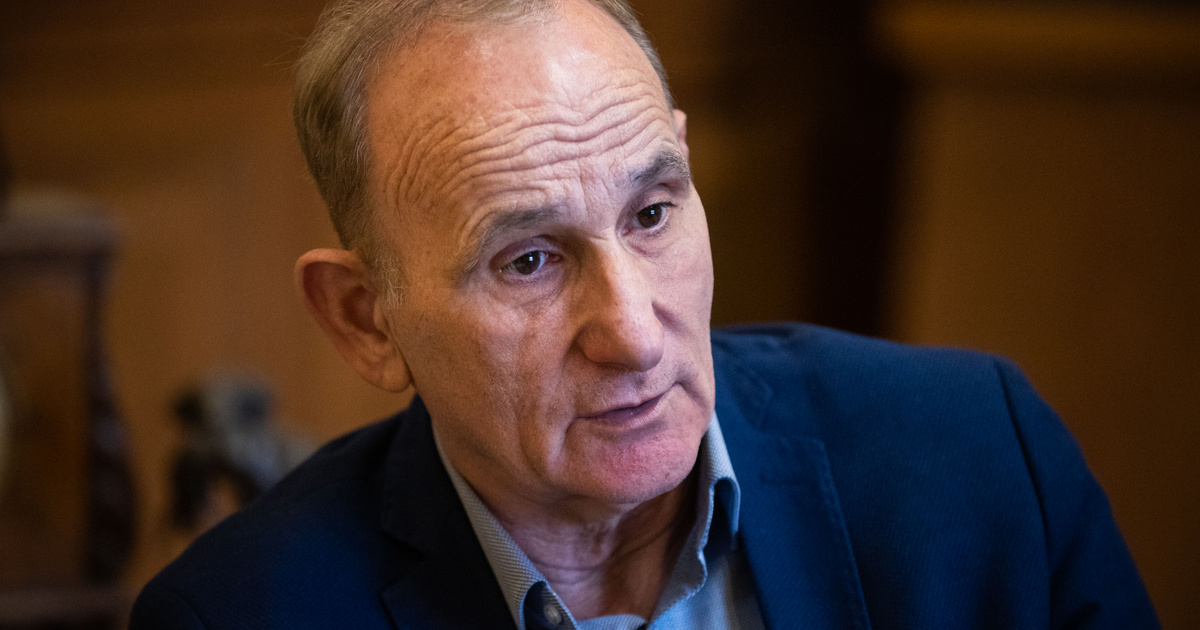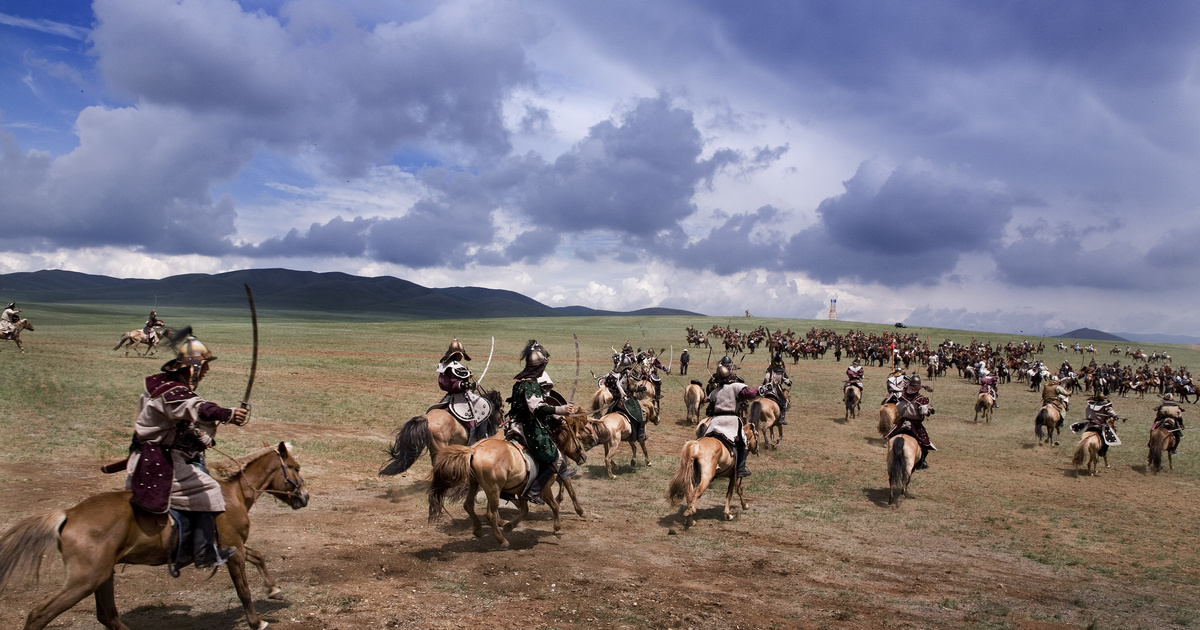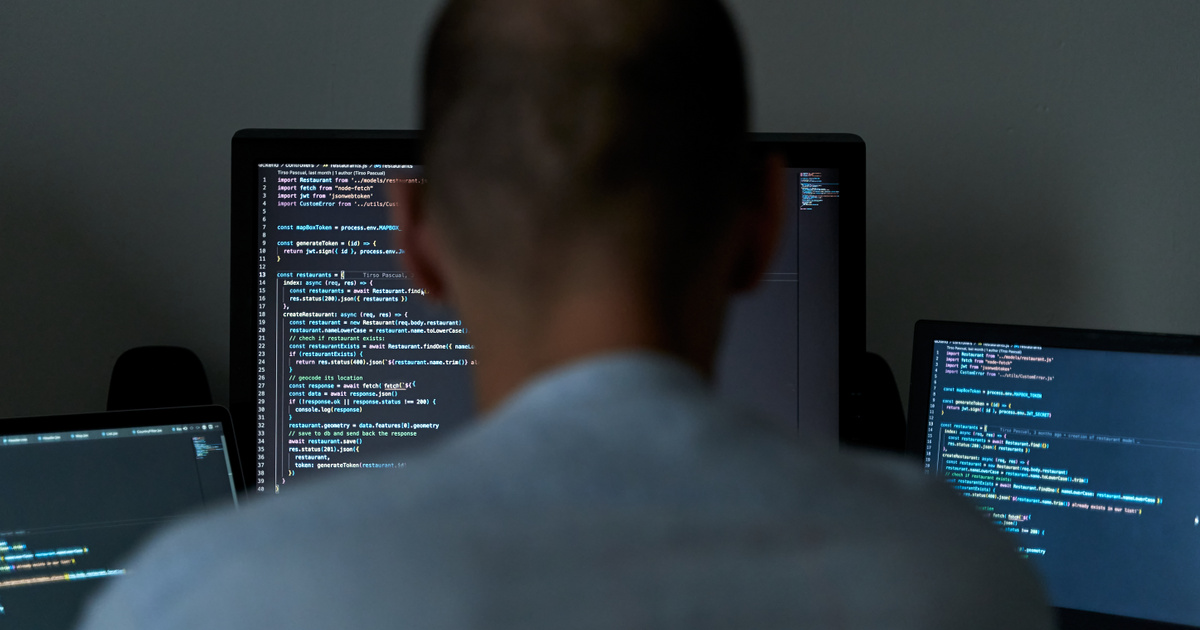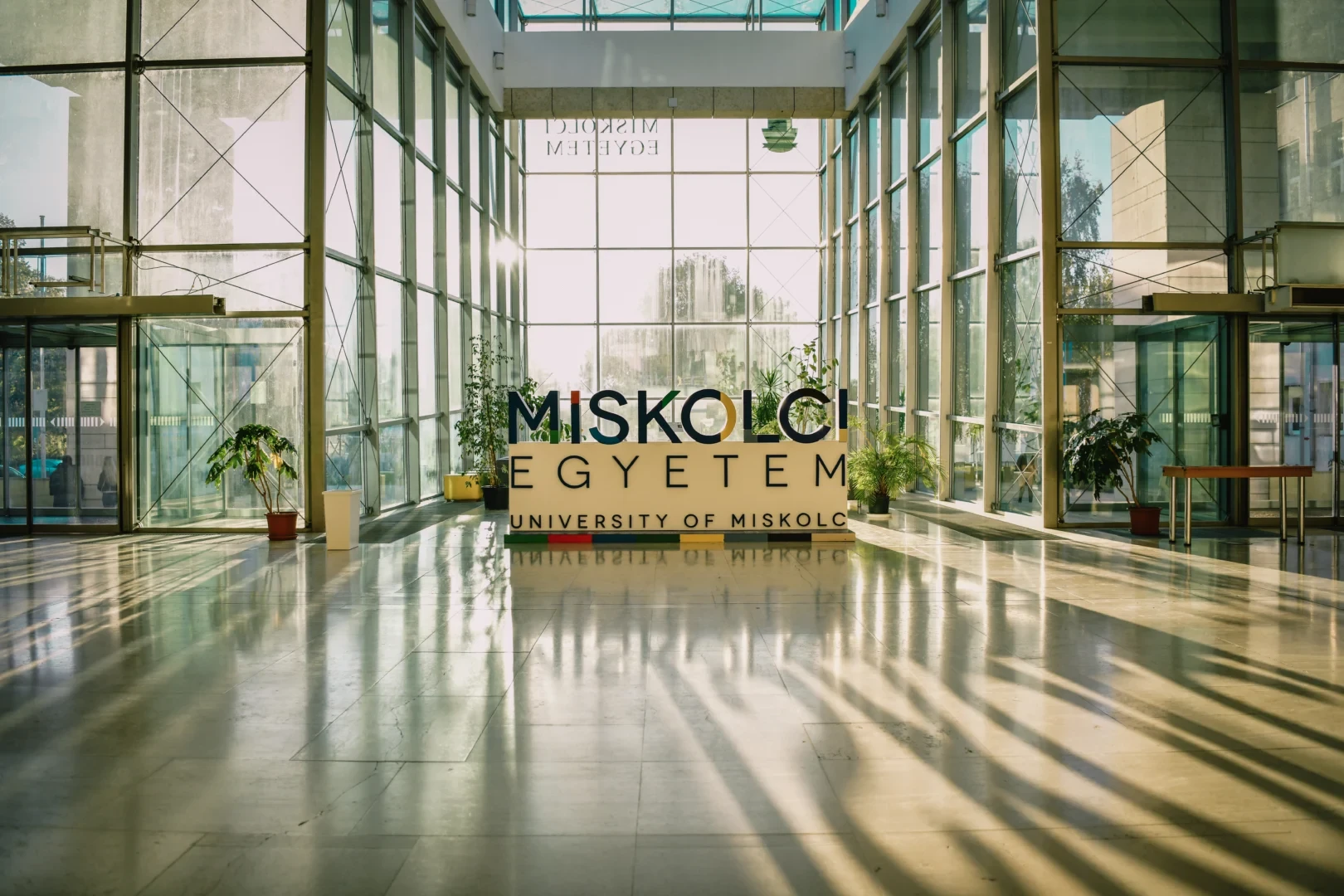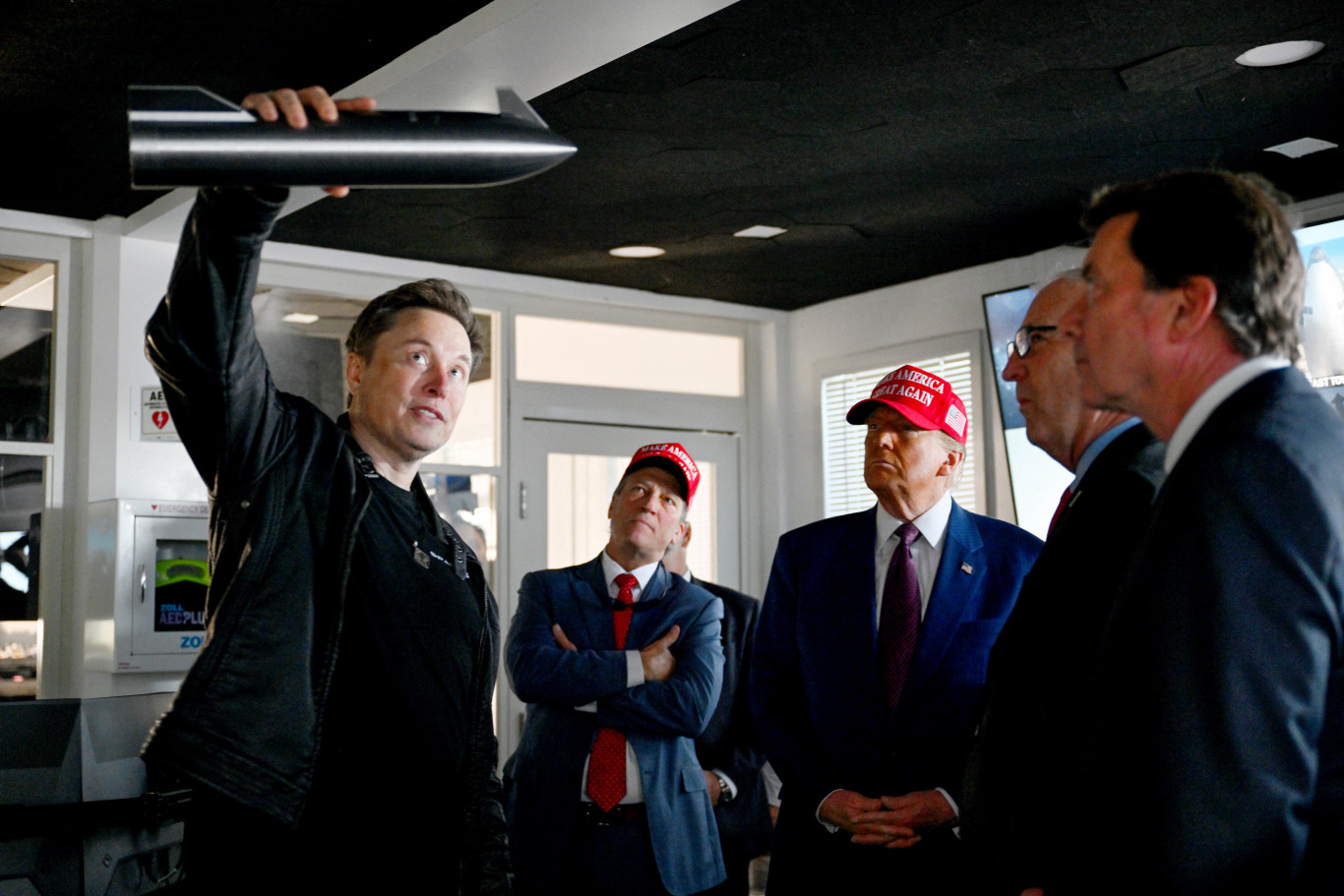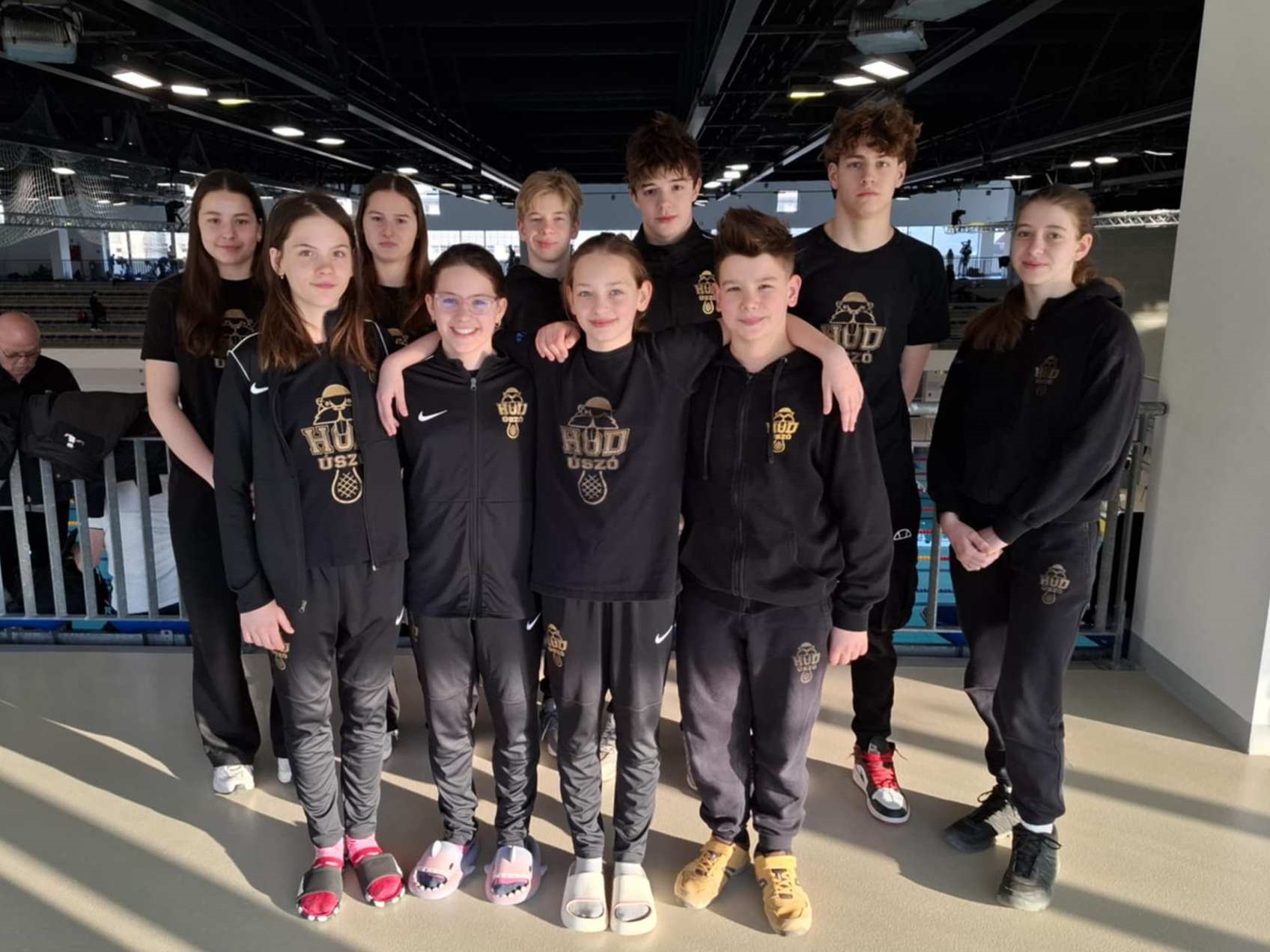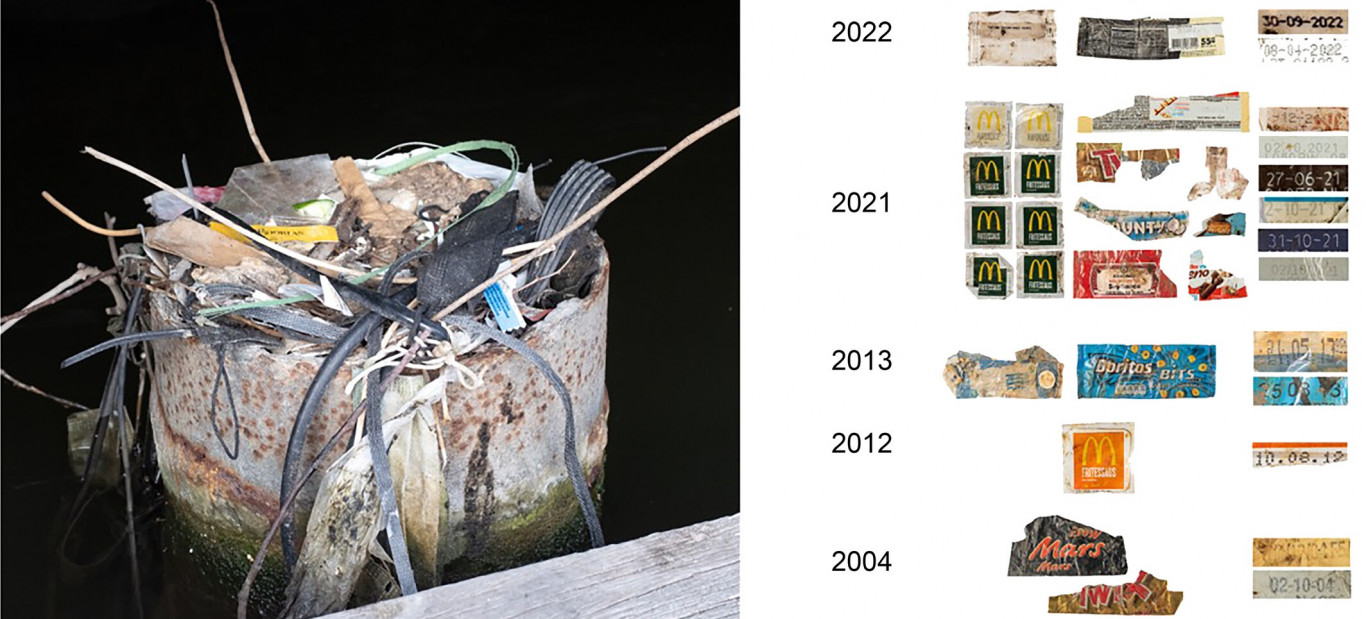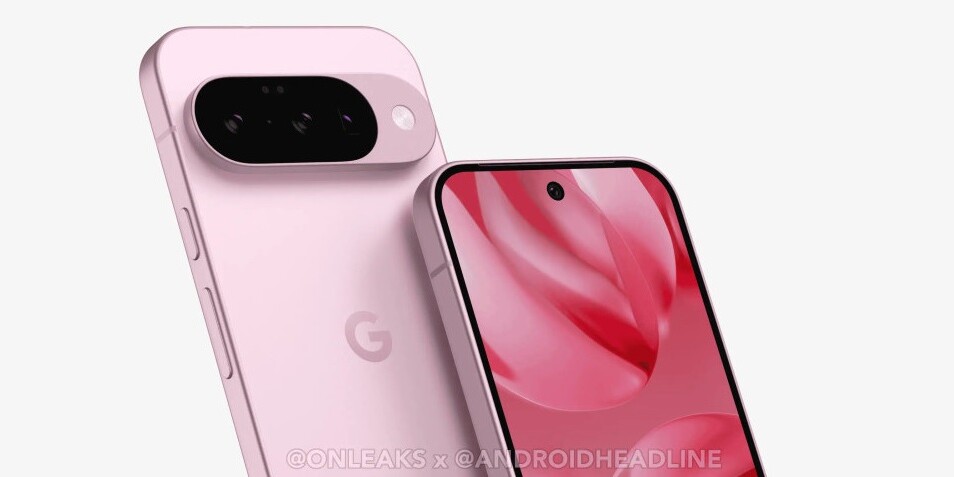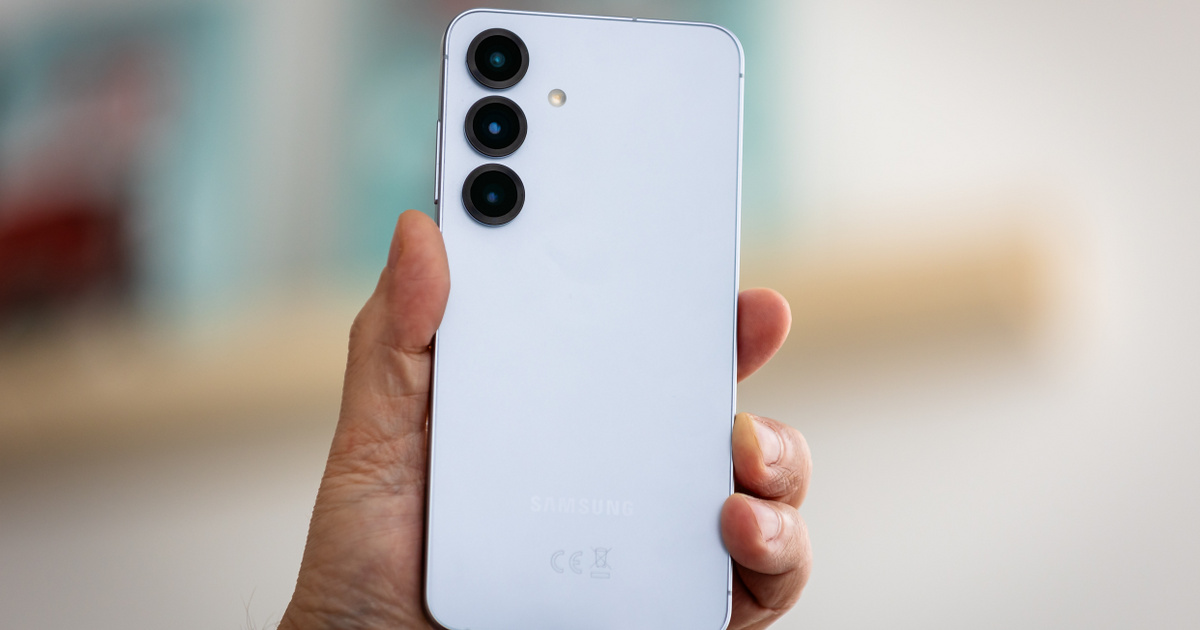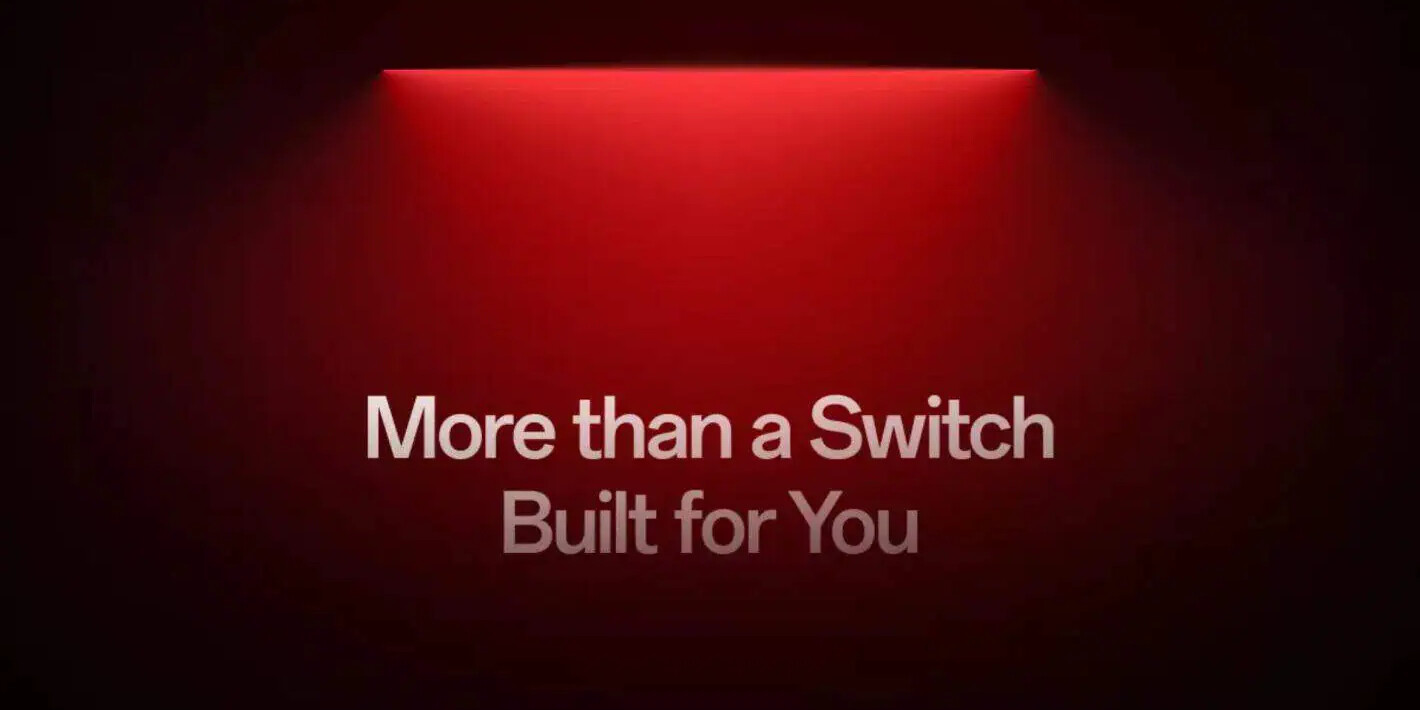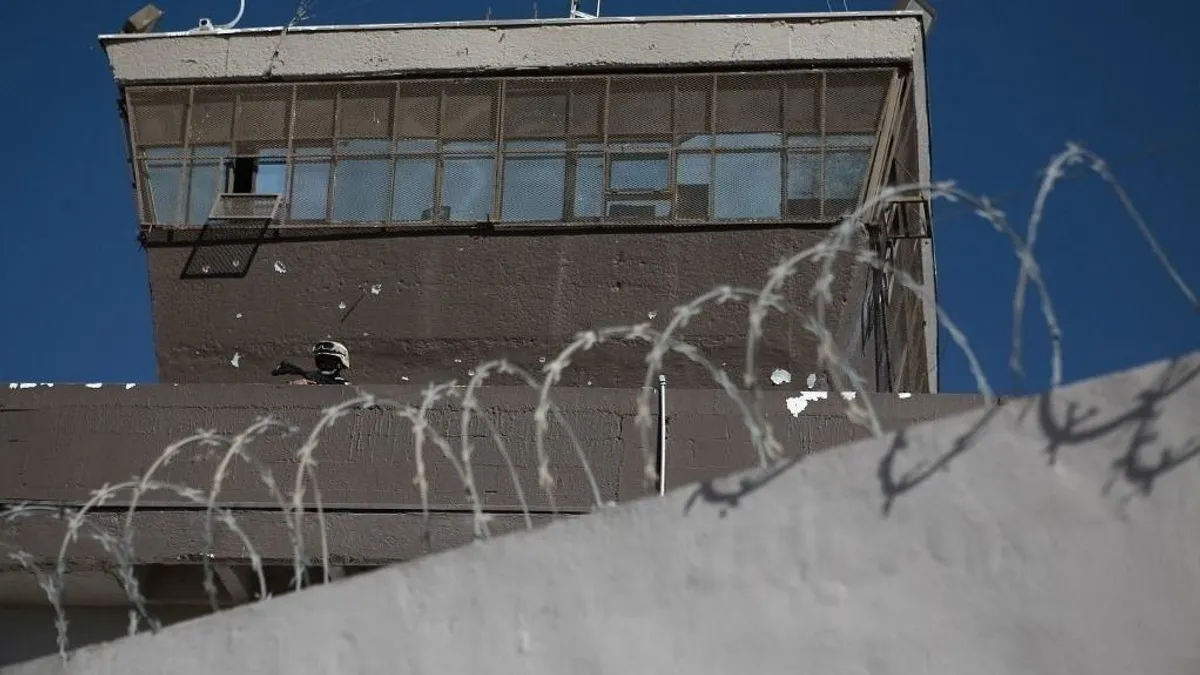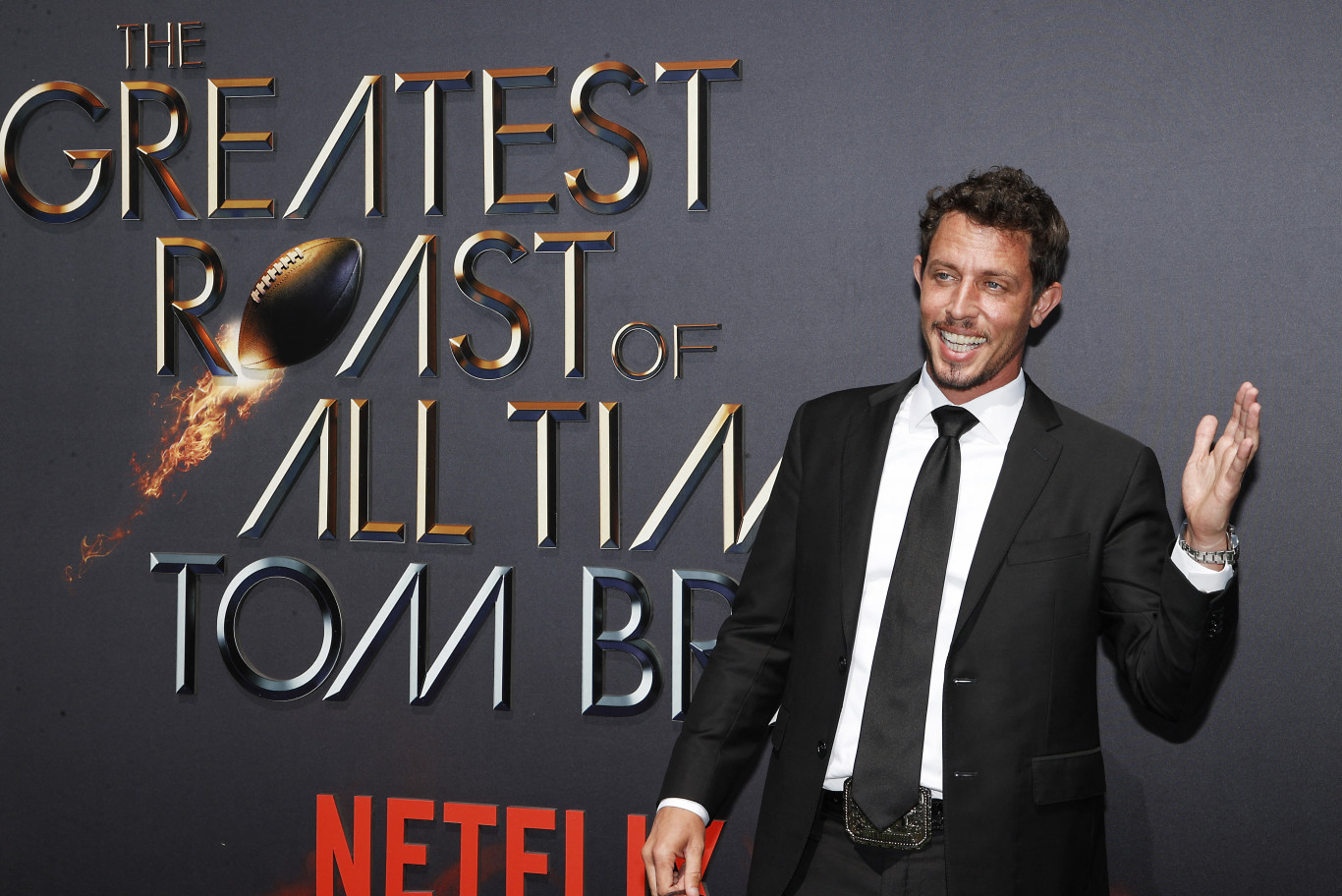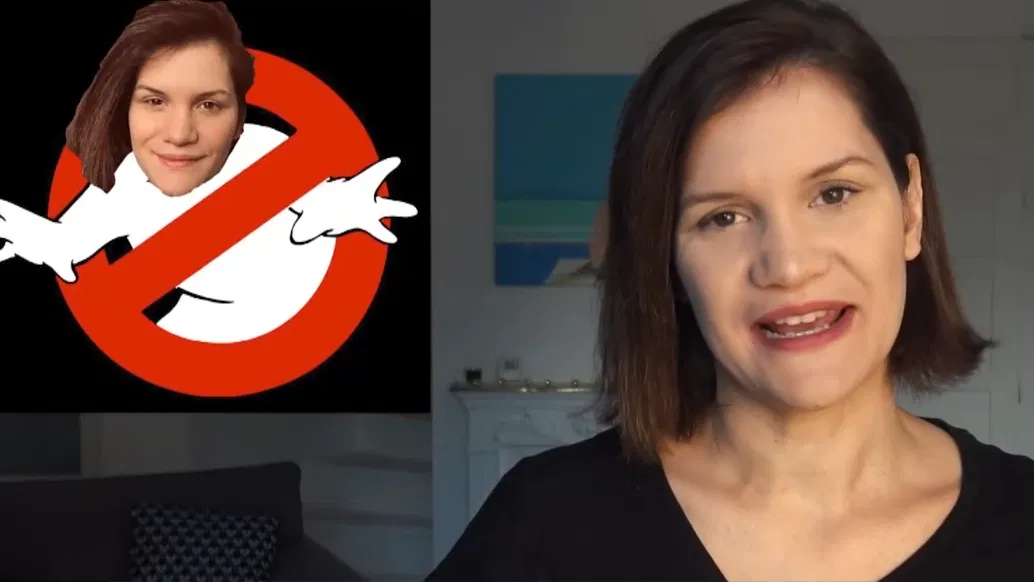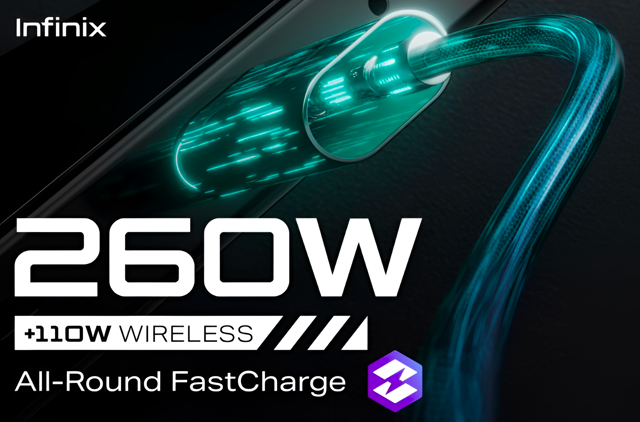[{“available”:true,”c_guid”:”eda7c150-927c-4952-b51e-8847ce72f1e2″,”c_author”:”hvg.hu”,”category”:”tudomany”,”description”:”Izlandi kutatók szerint az egyre több űrszemét miatt keletkező, majd a légkörben megolvadó fém egy hálót fog vonni a bolygónk köré, ami felére csökkentheti a mágneses erőtér méretét.”,”shortLead”:”Izlandi kutatók szerint az egyre több űrszemét miatt keletkező, majd a légkörben megolvadó fém egy hálót fog vonni…”,”id”:”20240328_urszemet-eltavolitasa-fold-magneses-mezoje-gyengules”,”image”:”https://img.hvg.hu/Img/ffdb5e3a-e632-4abc-b367-3d9b3bb5573b/eda7c150-927c-4952-b51e-8847ce72f1e2.jpg”,”index”:0,”item”:”8d672805-ed26-41e9-b323-858e7abbc96c”,”keywords”:null,”link”:”/tudomany/20240328_urszemet-eltavolitasa-fold-magneses-mezoje-gyengules”,”timestamp”:”2024. március. 28. 09:03″,”title”:”Van egy kis gond a Föld körül: felére csökkenhet a mágneses erőtér”,”trackingCode”:”RELATED”,”c_isbrandchannel”:false,”c_isbrandcontent”:false,”c_isbrandstory”:false,”c_isbrandcontentorbrandstory”:false,”c_isbranded”:false,”c_ishvg360article”:false,”c_partnername”:null,”c_partnerlogo”:”00000000-0000-0000-0000-000000000000″,”c_partnertag”:null},{“available”:true,”c_guid”:”366e02ae-ccf3-4228-9b13-2396e5452188″,”c_author”:”hvg.hu”,”category”:”cegauto”,”description”:”Nem is olyan régen még az eladásaik felét ilyen autók adták.”,”shortLead”:”Nem is olyan régen még az eladásaik felét ilyen autók adták.”,”id”:”20240327_volvo-dizel-autogyar-xc90-dizelmotor”,”image”:”https://img.hvg.hu/Img/ffdb5e3a-e632-4abc-b367-3d9b3bb5573b/366e02ae-ccf3-4228-9b13-2396e5452188.jpg”,”index”:0,”item”:”33db6811-8ef6-4012-b2b8-488f4fe004d5″,”keywords”:null,”link”:”/cegauto/20240327_volvo-dizel-autogyar-xc90-dizelmotor”,”timestamp”:”2024. március. 27. 10:59″,”title”:”Negyvenöt év után végzett a dízellel a Volvo”,”trackingCode”:”RELATED”,”c_isbrandchannel”:false,”c_isbrandcontent”:false,”c_isbrandstory”:false,”c_isbrandcontentorbrandstory”:false,”c_isbranded”:false,”c_ishvg360article”:false,”c_partnername”:null,”c_partnerlogo”:”00000000-0000-0000-0000-000000000000″,”c_partnertag”:null},{“available”:true,”c_guid”:”098c24a5-943d-4007-95fe-20d67c96da7e”,”c_author”:”hvg.hu”,”category”:”vilag”,”description”:”Korábban bekérették a Halmai Miklós nagykövetet amiatt, hogy Jair Bolsonaro bukott elnök két éjszakát a magyar külképviseleten töltött, miután eljárást indítottak ellene hazájában.”,”shortLead”:”Korábban bekérették a Halmai Miklós nagykövetet amiatt, hogy Jair Bolsonaro bukott elnök két éjszakát a magyar…”,”id”:”20240327_brazilia-jair-bolsonaro-magyar-nagykovetseg-halmai-miklos-orban-viktor”,”image”:”https://img.hvg.hu/Img/ffdb5e3a-e632-4abc-b367-3d9b3bb5573b/098c24a5-943d-4007-95fe-20d67c96da7e.jpg”,”index”:0,”item”:”1729bee6-35ba-4f95-9248-99ed78f6f014″,”keywords”:null,”link”:”/vilag/20240327_brazilia-jair-bolsonaro-magyar-nagykovetseg-halmai-miklos-orban-viktor”,”timestamp”:”2024. március. 27. 13:06″,”title”:”Megszólalt a brazil külügy a Bolsonaro-bújtatásról”,”trackingCode”:”RELATED”,”c_isbrandchannel”:false,”c_isbrandcontent”:false,”c_isbrandstory”:false,”c_isbrandcontentorbrandstory”:false,”c_isbranded”:false,”c_ishvg360article”:false,”c_partnername”:null,”c_partnerlogo”:”00000000-0000-0000-0000-000000000000″,”c_partnertag”:null},{“available”:true,”c_guid”:”2a234d4f-500b-49f5-ae1d-429e5cdf800b”,”c_author”:”CIB Bank”,”category”:”brandcontent”,”description”:”Éveken át szinte biztosra vehető volt, hogy az elektromos autók fokozatosan átveszik a hagyományos – benzin- és dízelüzemű – személyautók helyét. Az utóbbi időben azonban megtörni látszik a trend.”,”shortLead”:”Éveken át szinte biztosra vehető volt, hogy az elektromos autók fokozatosan átveszik a hagyományos – benzin- és…”,”id”:”20240322_elektromos_auto_lizing”,”image”:”https://img.hvg.hu/Img/ffdb5e3a-e632-4abc-b367-3d9b3bb5573b/2a234d4f-500b-49f5-ae1d-429e5cdf800b.jpg”,”index”:0,”item”:”b99c6b20-98aa-483d-9bc7-f45741848559″,”keywords”:null,”link”:”/brandcontent/20240322_elektromos_auto_lizing”,”timestamp”:”2024. március. 28. 07:30″,”title”:”Elektromos vagy belső égésű, esetleg mindkettő? Válaszút előtt az autógyártás”,”trackingCode”:”RELATED”,”c_isbrandchannel”:false,”c_isbrandcontent”:true,”c_isbrandstory”:false,”c_isbrandcontentorbrandstory”:true,”c_isbranded”:true,”c_ishvg360article”:false,”c_partnername”:null,”c_partnerlogo”:”00000000-0000-0000-0000-000000000000″,”c_partnertag”:null},{“available”:true,”c_guid”:”eac11de1-9ca7-4d48-bdc2-08bca7c95ee2″,”c_author”:”hvg.hu”,”category”:”kkv”,”description”:”Átlagosan 10 százalékos béremelésre számíthatnak a kkv-k dolgozói, és pozitívum, hogy a cégek háromnegyede nem készül leépítésekre.”,”shortLead”:”Átlagosan 10 százalékos béremelésre számíthatnak a kkv-k dolgozói, és pozitívum, hogy a cégek háromnegyede nem készül…”,”id”:”20240327_a-kkv-k-ketszamjegyu-beremelesre-keszulnek-egy-felmeres-szerint”,”image”:”https://img.hvg.hu/Img/ffdb5e3a-e632-4abc-b367-3d9b3bb5573b/eac11de1-9ca7-4d48-bdc2-08bca7c95ee2.jpg”,”index”:0,”item”:”2824a386-cd3e-404c-ad5b-d2a28a6a0139″,”keywords”:null,”link”:”/kkv/20240327_a-kkv-k-ketszamjegyu-beremelesre-keszulnek-egy-felmeres-szerint”,”timestamp”:”2024. március. 27. 11:14″,”title”:”A kkv-k két számjegyű béremelésre készülnek egy felmérés szerint”,”trackingCode”:”RELATED”,”c_isbrandchannel”:false,”c_isbrandcontent”:false,”c_isbrandstory”:false,”c_isbrandcontentorbrandstory”:false,”c_isbranded”:false,”c_ishvg360article”:false,”c_partnername”:null,”c_partnerlogo”:”00000000-0000-0000-0000-000000000000″,”c_partnertag”:null},{“available”:true,”c_guid”:”1c34f6f1-492f-493a-88d7-d8dc6e373aa3″,”c_author”:”hvg.hu”,”category”:”kkv”,”description”:”A szigetország rohamosan öregszik, a lakosság közel harmada 65 feletti, 10 százalék 80-nál is idősebb. Gyerek egyre kevesebb születik, jobban megéri csak felnőtt pelenkákat gyártani.”,”shortLead”:”A szigetország rohamosan öregszik, a lakosság közel harmada 65 feletti, 10 százalék 80-nál is idősebb. Gyerek egyre…”,”id”:”20240327_annyira-eloregszik-a-lakossag-hogy-egy-japan-pelenkagyarto-mar-csak-felnotteknek-gyart”,”image”:”https://img.hvg.hu/Img/ffdb5e3a-e632-4abc-b367-3d9b3bb5573b/1c34f6f1-492f-493a-88d7-d8dc6e373aa3.jpg”,”index”:0,”item”:”3c3ef338-a046-4b93-8bac-5145108b5001″,”keywords”:null,”link”:”/kkv/20240327_annyira-eloregszik-a-lakossag-hogy-egy-japan-pelenkagyarto-mar-csak-felnotteknek-gyart”,”timestamp”:”2024. március. 27. 10:43″,”title”:”Hiába családbarát a kormány, egy japán pelenkagyártó már csak felnőtteknek gyárt”,”trackingCode”:”RELATED”,”c_isbrandchannel”:false,”c_isbrandcontent”:false,”c_isbrandstory”:false,”c_isbrandcontentorbrandstory”:false,”c_isbranded”:false,”c_ishvg360article”:false,”c_partnername”:null,”c_partnerlogo”:”00000000-0000-0000-0000-000000000000″,”c_partnertag”:null},{“available”:true,”c_guid”:”b3cf71de-f244-4ba7-8048-2faeff55d203″,”c_author”:”hvg.hu”,”category”:”sport”,”description”:”A többszörös visszaeső Horváth Bence 2031 októberéig nem versenyezhet.”,”shortLead”:”A többszörös visszaeső Horváth Bence 2031 októberéig nem versenyezhet.”,”id”:”20240327_doppingvetseg-eltiltas-horvath-bence-kajakozo”,”image”:”https://img.hvg.hu/Img/ffdb5e3a-e632-4abc-b367-3d9b3bb5573b/b3cf71de-f244-4ba7-8048-2faeff55d203.jpg”,”index”:0,”item”:”000a3162-6ebe-47a2-8c7b-a670bd9038dd”,”keywords”:null,”link”:”/sport/20240327_doppingvetseg-eltiltas-horvath-bence-kajakozo”,”timestamp”:”2024. március. 27. 12:12″,”title”:”Nyolc évre tiltottak el egy magyar kajakozót, mert nem adott mintát a doppingellenőröknek”,”trackingCode”:”RELATED”,”c_isbrandchannel”:false,”c_isbrandcontent”:false,”c_isbrandstory”:false,”c_isbrandcontentorbrandstory”:false,”c_isbranded”:false,”c_ishvg360article”:false,”c_partnername”:null,”c_partnerlogo”:”00000000-0000-0000-0000-000000000000″,”c_partnertag”:null},{“available”:true,”c_guid”:”1f86d21d-9a29-4911-b4c2-d6fca1499731″,”c_author”:”hvg.hu”,”category”:”360″,”description”:”Demény Ferenc Zoltán halászati kutató, Guba Sándor építész és Illés Zsófia Szonja multidiszciplináris alkotó közös projektje az egykor népszerű böjti eledel, a csíkos káposzta egyik hozzávalója, a vékony, kistestű réti csíkhal köré épül. A valaha a piacokon hordószámra árult, mára szinte kihalt védett faj különleges élőhelyei, a lápok és árterek szintén védettek vagy fokozatosan válnak védetté. Beszélgetésünkből kiderül, hogyan jelent mindez inspirációt a művészet számára. Erdei Krisztina interjúja társlapunk, A mű cikkében.”,”shortLead”:”Demény Ferenc Zoltán halászati kutató, Guba Sándor építész és Illés Zsófia Szonja multidiszciplináris alkotó közös…”,”id”:”20240327_a-mu-gasztronomia-folklor-okoaktivizmus-interju-demeny-ferenc-zoltan-guba-sandor-illes-zsofia-szonja”,”image”:”https://img.hvg.hu/Img/ffdb5e3a-e632-4abc-b367-3d9b3bb5573b/1f86d21d-9a29-4911-b4c2-d6fca1499731.jpg”,”index”:0,”item”:”1015fe7f-1d97-4aa5-89b3-05ca3d512f5d”,”keywords”:null,”link”:”/360/20240327_a-mu-gasztronomia-folklor-okoaktivizmus-interju-demeny-ferenc-zoltan-guba-sandor-illes-zsofia-szonja”,”timestamp”:”2024. március. 27. 16:00″,”title”:”Gasztronómia, folklór, ökoaktivizmus – beszélgetés egy régi böjti étel művészeti vonatkozásairól”,”trackingCode”:”RELATED”,”c_isbrandchannel”:false,”c_isbrandcontent”:false,”c_isbrandstory”:false,”c_isbrandcontentorbrandstory”:false,”c_isbranded”:false,”c_ishvg360article”:true,”c_partnername”:null,”c_partnerlogo”:”00000000-0000-0000-0000-000000000000″,”c_partnertag”:null}]
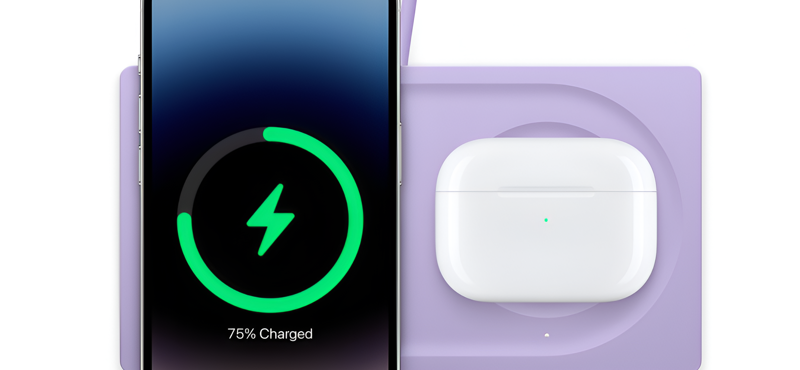
We recommend it from the first page

Last year, the Justice Department received the second-highest number of requests for “collection of classified information for national security purposes” in the past nine years.
An honorable call, dialogue, understanding, “God is above us all, Hungary is above everyone!” – So began Esther Vitalius, the new official spokesman for the government.
The Prime Minister is promoting the family friendliness of the government through ticket prices.
The renaissance man, father of the rhymes of anguish, actor, singer, lyricist, producer, and advertising specialist will turn 60 years old.

